Cape Canaveral: Then and Now
Part of Florida trip 2011
At least until the Shuttle program ends, there are two public
bus tours offered by the Kennedy Space Center concession: a large,
family-oriented tour that concentrates on the Shuttle program and
the apparatus that makes it go, and a smaller (maximum 60 visitors
per day) tour that brings visitors over to Cape Canaveral Air
Force Station to see the Air Force Space and Missile Museum and a
few of the many historic launch facilities on the south (Air
Force) end of the Cape. Both tours end up at the Saturn V center,
an indoor theater and exhibit hall located near the VIP viewing
stands for Shuttle launches. Inside the exhibit hall, a Saturn V
rocket is displayed, in segments, along with Apollo
Program-related artifacts such as moon rocks and spacecraft
modules. One of the two theater presentations recreates the
launch of Apollo 8, the first human flight into lunar orbit, and
the first flight from the nearby LC-34.
Scott and I, both being history-of-technology buffs, took the
second tour. Photography is not allowed on most of the CCAFS
property, except in a few locations where the tour bus stops.
Most of the launch complexes on the Cape consisted of two
identical launch pads, which were controlled from a nearby
“blockhouse”. Each complex was built for a specific
launch vehicle, and when that rocket class was retired, its launch
complex was retired as well: since the rockets were being designed
and launched at a rapid rate in the 1950s and 1960s, it was
considered safer to use specialized launch facilities rather than
trying to build fewer pads that needed to be reconfigured between
every launch. Most of the structures on the launch pads, other
than the pads themselves and the blockhouses, were made of steel,
and were scrapped at the end of their vehicle's operational life
rather than being left to rust in the corrosive salt air of the
Atlantic coast. Electronic systems, too, were frequently
scrapped; natives of central Florida who were around at the time
report seeing large volumes of ex-government electronic components
in radio shops and surplus houses during the 1960s.
Our first stop after crossing the bridge onto CCAFS property
was Launch Complex 26, where the Air Force Space and Missile
Museum is located in a two-room concrete building. Just to the
north and east of LC-26 is the still-active SLC-17, home of the
Boeing (ex-McDonnell Douglas) Delta II rocket. After the last
military Delta II launch, the Air Force leased SLC-17 to NASA,
which in turn sublet it to United Launch Alliance (a joint venture
of Boeing and Lockheed Martin), which will use it to launch the
last scheduled east-coast Delta II payload, NASA's GRAIL (Gravity
Recovery And Interior Laboratory) lunar-exploration satellite.
There are apparently a number of Delta IIs still available for
sale should you happen to have the right payload and a deep
pocket. South and west of LC-26 is LC-5/6. (The authorities here
have not been especially consistent in their numbering of launch
complexes. Early complexes were given one number per pad, like 5
and 6; later complexes were given letter suffixes for each pad.
The southernmost complex is LC-29, the northernmost is LC-39B, and
the highest-numbered is LC-47, which is wedged between SLC-37 and
SLC-40. The Air Force added an “S” to
“LC” at some point for all of its active launch
facilities, but NASA never followed suit, and the retired
complexes were left alone as well.)
(I've been somewhat inconsistent here with respect to using
italics for rockets, rocket families, launch vehicles, and
missions. I have some feeling that some of them ought to
get that distinction but was never sure which ones.)
 |
| USAF Space and Missile Museum |
|
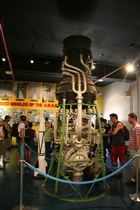 |
| V-2 engine |
|
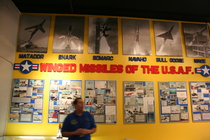 |
| Winged Missiles of the USAF |
|
 |
| Old range-safety station |
|
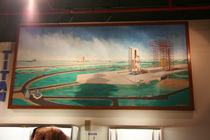 |
| Titan III launchpad rendition |
|
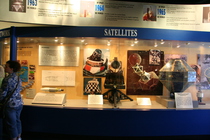 |
| Military satellite exhibit |
|
 |
| Launch vehicle display |
|
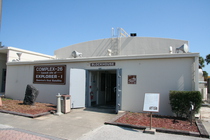 |
| LC-26 blockhouse |
|
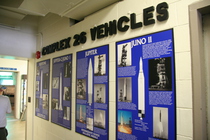 |
| LC-26 vehicle display |
|
 |
| Explorer 1 display |
|
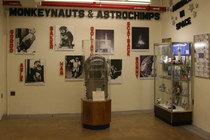 |
| Animal astronauts |
|
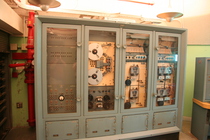 |
| Burroughs Punched Tape Processor |
|
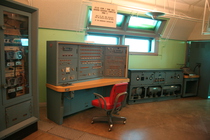 |
| AN/GSQ-33 console |
|
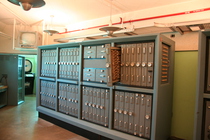 |
| AN/GSQ-33 processor |
|
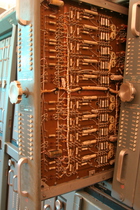 |
| AN/GSQ-33 module |
|
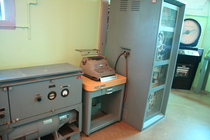 |
| AN/GSQ-33 ancillary equipment |
|
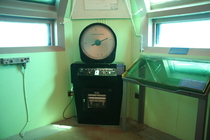 |
| Scale and windows |
|
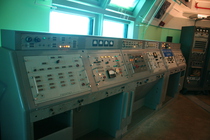 |
| LC-26B control room (I) |
|
 |
| LC-26B control room (II) |
|
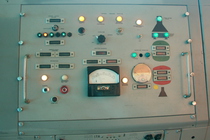 |
| LC-26B control room (III) |
|
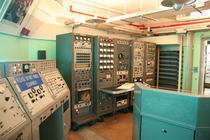 |
| LC-26B control room (IV) |
|
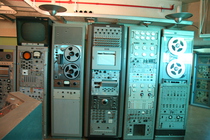 |
| LC-26B control room (V) |
|
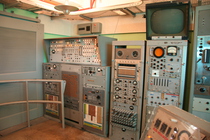 |
| LC-26B control room (VI) |
|
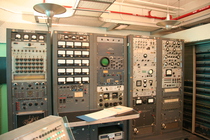 |
| LC-26B control room (VII) |
|
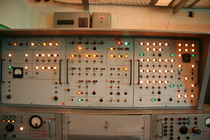 |
| LC-26B control room (VIII) |
|
 |
| LC-26B control room (IX) |
|
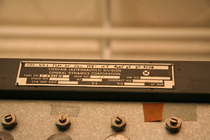 |
| LC-26B control room (X) |
|
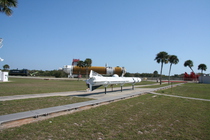 |
| LC-26 rocket garden (I) |
|
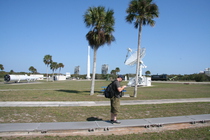 |
| LC-26 rocket garden (II) |
|
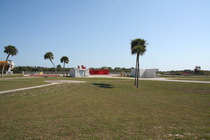 |
| LC-26 rocket garden (III) |
|
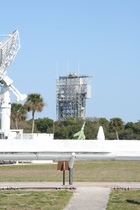 |
| SLC-17B |
|
 |
| LC-5/6 blockhouse |
|
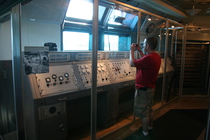 |
| LC-5/6 control room |
|
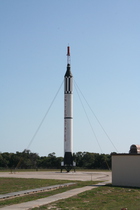 |
| Mercury-Redstone model |
|
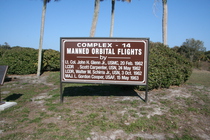 |
| LC-14 sign |
|
 |
| Project Mercury monument |
|
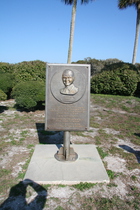 |
| John Glenn monument |
|
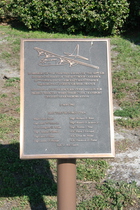 |
| 322nd Air Division monument |
|
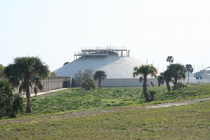 |
| LC-34 blockhouse |
|
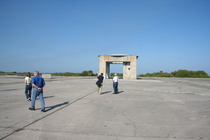 |
| LC-34 pad and apron |
|
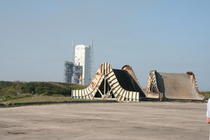 |
| Saturn I flame deflectors |
|
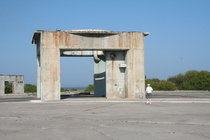 |
| LC-34 launch platform |
|
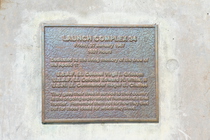 |
| Apollo 1 memorial plaque |
|
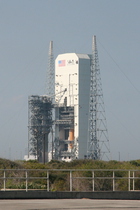 |
| SLC-37 with Delta 4 |
|
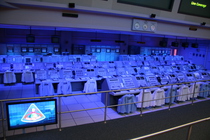 |
| Apollo 8 theater presentation |
|
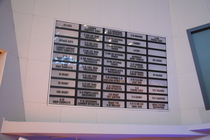 |
| Saturn V rocket status display |
|
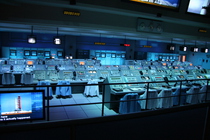 |
| Apollo 8 theater |
|
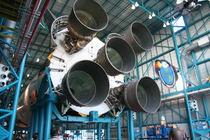 |
| Saturn V bottom |
|
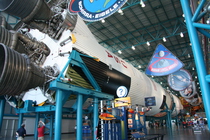 |
| Saturn V display |
|
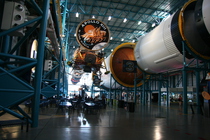 |
| Saturn V from other end |
|
Copyright 2011 Garrett Wollman. All rights reserved.

















































